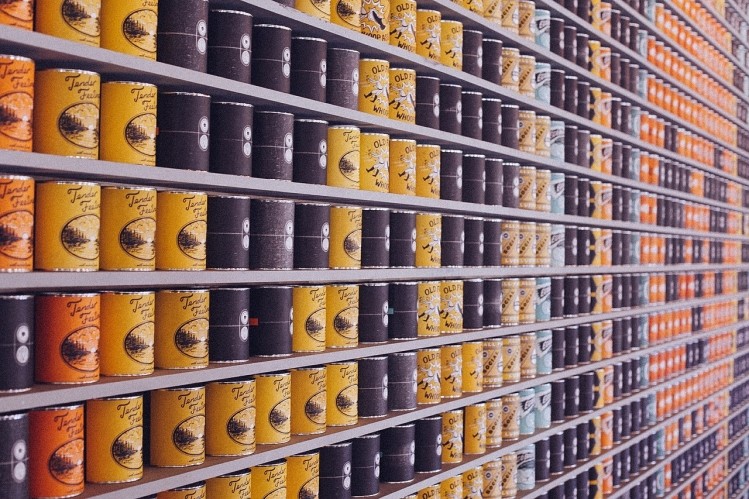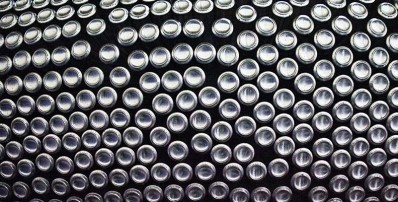Not all foreign companies are familiar with food canning US FDA requirements

The FDA compliance firm, which helps manufacturers comply with the regulations, has published a top 10 list of things to know about FDA regulations for food canning establishments (FCE).
Thermally processed low-acid and acidified foods
The US FDA implemented regulations for thermally processed low-acid and acidified foods in the 1970s after an outbreak of clostridium botulinum from inadequate canning processing.
Megan Cahoon, FCE Regulatory Specialist, Registrar Corp, told FoodProductionDaily it can register an FCE with FDA and prepare the documentation to include in shipments of products excluded from FCE regulations.
“The latest retort technologiescreate steam internally rather than using an external source of steam. This internal steam creation is specifically what is not addressed in the regulations (21 CFR 113.40),” she said.
“Retorting is a traditional option for processing of low-acid foods; the difference is the way the heating medium is created.
“Some foreign companies may not be familiar with US FDA requirements. We have many clients that are just starting out with shipping products to the US and are becoming acquainted with the guidelines.
“Companies that manufacturer LACF or AF food should be aware that any changes to their thermal processes will likely result in new SID filings being required.”
Retort systems in the CFR
According to Cahoon, it would be beneficial for a manufacturer to be aware of the requirements for retort systems in the CFR so they could choose equipment that meets the specifications. Typical studies required for low-acid product process filing are temperature distribution and heat penetration studies.
“Temperature distribution is the work performed to ensure the retort instrumentation accurately reflects that adequate temperature distribution has been achieved throughout the retort at the time that the sterilization cycle begins,” she added.
“This is accomplished by distributing an adequate number of thermocouples or other temperature measuring devices (TMDs) throughout the load (external to the containers), and making several runs or tests to ensure that temperature differences have been minimized.
“Heat penetration is designed to measure the rate of heating of the food product under consideration. In these tests thermocouples or other temperature measuring devices are inserted into the containers to measure the product heating rate.
“Not only should the slowest heating container in the test be identified, but also the slowest heating zone within any given container.”
Retort system petition Vs process filings
She said the difference between a retort system petition and process filings are; a process filing provides FDA details about the thermal process or formulation controls that are used to make a safe product.
FDA typically takes about 6-12 weeks to review process filings and provide a response. Once a filing is accepted and filed by FDA, the manufacturer can use the valid SIDs when shipping.
A retort system petition focuses on providing FDA with details on the specifications and operation of the retort equipment. A retort system petition could take months including providing adequate information for FDA to review and responding to FDA's comments.
“So far our experience with retort system petitions has been successful,” said Cahoon.
“It was a team effort with our client to prepare the documentation for FDA's reviews and to respond to FDA's concerns. If FDA has issues with a system, the manufacturer can propose changes to meet FDA requirements. FDA may accept the system and process filing on the understanding that the changes will be carried out.
“It is important the retort system supplier collaborate and support the product manufacturer when they are petitioning for the retort acceptance. It may be prudent for a low-acid canned food manufacturer to retain a consultant such as Registrar Corp at the earliest stage to avoid actions or statements that could prejudice them later with FDA.
"One of our client's was not given the option of being able to submit a retort petition because their technology was outdated.”
Top 10 things to know about FDA regulations for FCEs
1 FCEs must have two separate registrations: a food facility registration (FFR) and an FCE registration. The two registrations are linked, and a facility’s name, physical address, and preferred mailing address are required to be listed identically in both.
Factbox
Food canning spurred from a reward of 12,000 francs offered by Napoleon in 1795 to anyone who could offer an improved method of preserving food for his army. Frenchman Nicolas Appert claimed the prize when he discovered that applying heat to foods in sealed glass bottles improved their shelf life.
Appert’s discovery led to our current food preservative method of canning.
In the 1810s, a skilled worker could produce an average of four cans in one day. Today, advanced machinery can produce about 400 cans per minute.
2 All documentation submitted to FDA, such as a registration, a process filing (SID), or a specialized study or report, must be in English. Otherwise, FDA may return the documentation.
3 Separate SIDs should be submitted for each size, packaging type, and flavor of a product.
4 An FCE should not ship any low acid or acidified foods to the US until its SIDs have been reviewed and filed by FDA. If shipments are sent without having valid SID numbers for the products, the shipments are subject to detention.
5 Once an SID is filed, it’s important to follow that process. If a product’s parameters (for example, its ph, dimensions, ingredients, etc.) don’t match what it is on file, the product may be detained by FDA. FDA will also check whether SIDs match the process at the plant when the agency conducts a facility inspection.
6 SIDs should be included with Prior Notice submissions. Prior Notice must be filed for every shipment of food sent to the US.
7 When shipping a canned food that is excluded from FCE regulations to the US, it’s a good idea to include documentation within the shipment that proves the exclusion. This can help avoid potential detention of the shipment.
8 A facility must notify the FDA Low-Acid Canned Food Coordinator of any changes to the facility’s mailing address, physical location, company name, or facility contact person so that its FCE registration can be updated. In certain cases, a new FCE registration may be required.
9 If a facility has a change of ownership or change of physical location, it will need a new FCE registration. The facility will have to submit new SIDs as well.
10 Low-acid canned food and acidified food regulations apply to any hermetically sealed foods, not just foods in cans. Examples of other types of containers that may be included are glass, plastic, and pouches.









